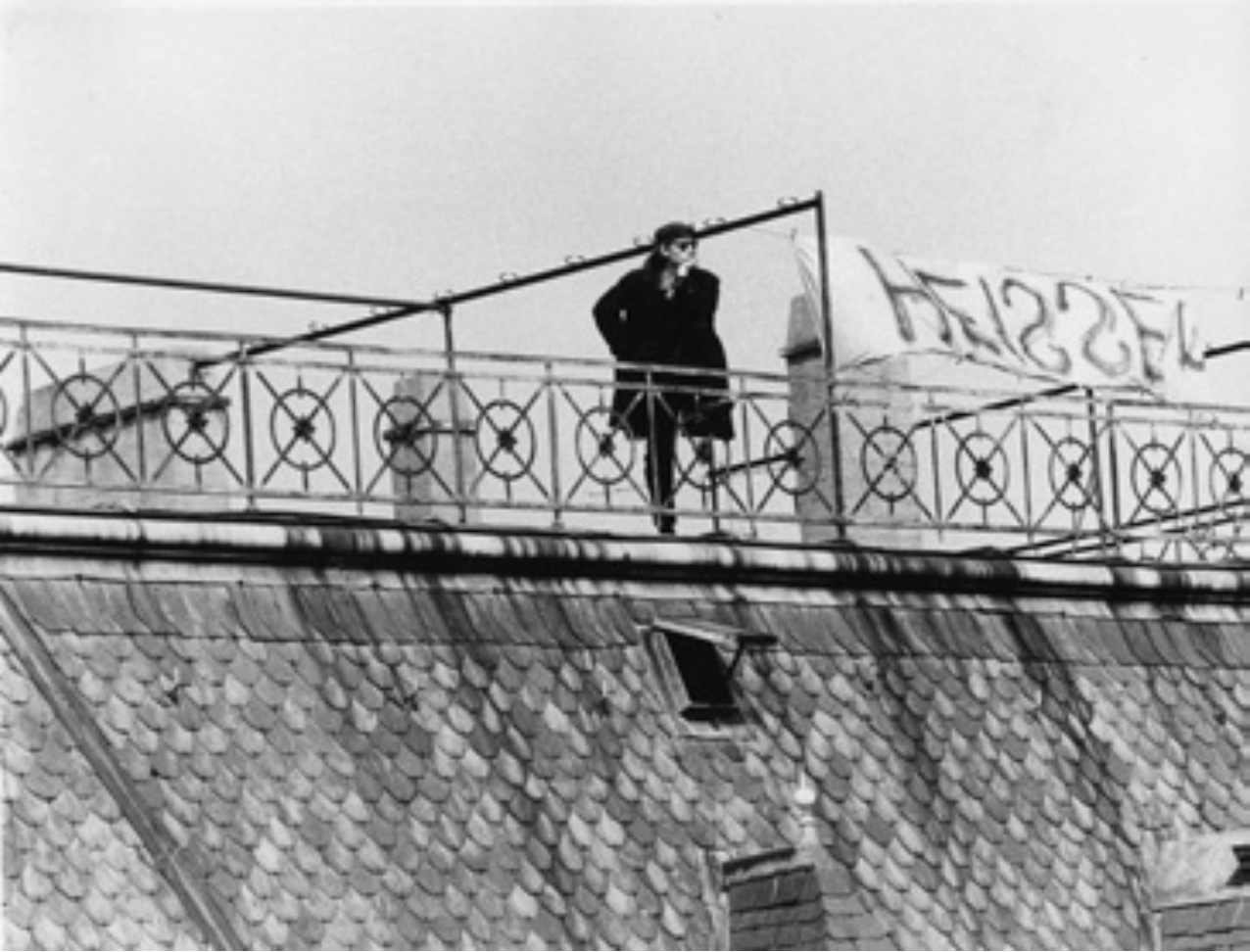Collective Urban Space: The Zurich Dachzinne
Main Article Content
Abstract
This article explores the emergence of collective roof terraces in Zurich, known as Dachzinnen. It delves into the evolution of Zurich’s urban landscape during the 19th century, focusing on the development of these collective urban spaces. During the city’s period of rapid industrialization, urban space became increasingly scarce, and Zurich was confronted with considerable hygiene and health problems. Therefore, these accessible roof terraces emerged as additional outdoor spaces, i.e. as pragmatic solutions and symbolic responses to pressing urban problems such as cramped living conditions, overcrowding, and inadequate ventilation. This article examines the historical context and regulatory framework to understand how Dachzinnen transitioned from ad hoc additions to standardized features integral to Zurich’s architectural fabric. Exemplified by Zurich’s first municipal-subsidized housing project, Limmat 1, it investigates how these roof terraces have become a standard element of collective urban space through stipulation in the building permit process, balancing practical needs with visionary urban planning and design, i.e. the interplay between necessity, regulation, and societal ideologies in shaping collective urban spaces.
Image: Giovanni Blumer on the roof of a squat on Venedigstrasse in Zurich. Political rooftop activism. Photo: Ueli Weiss, 1971. © Schweizerisches Sozialarchiv. F 5063-Fc-011.
Article Details

This work is licensed under a Creative Commons Attribution-NonCommercial-NoDerivatives 4.0 International License.

